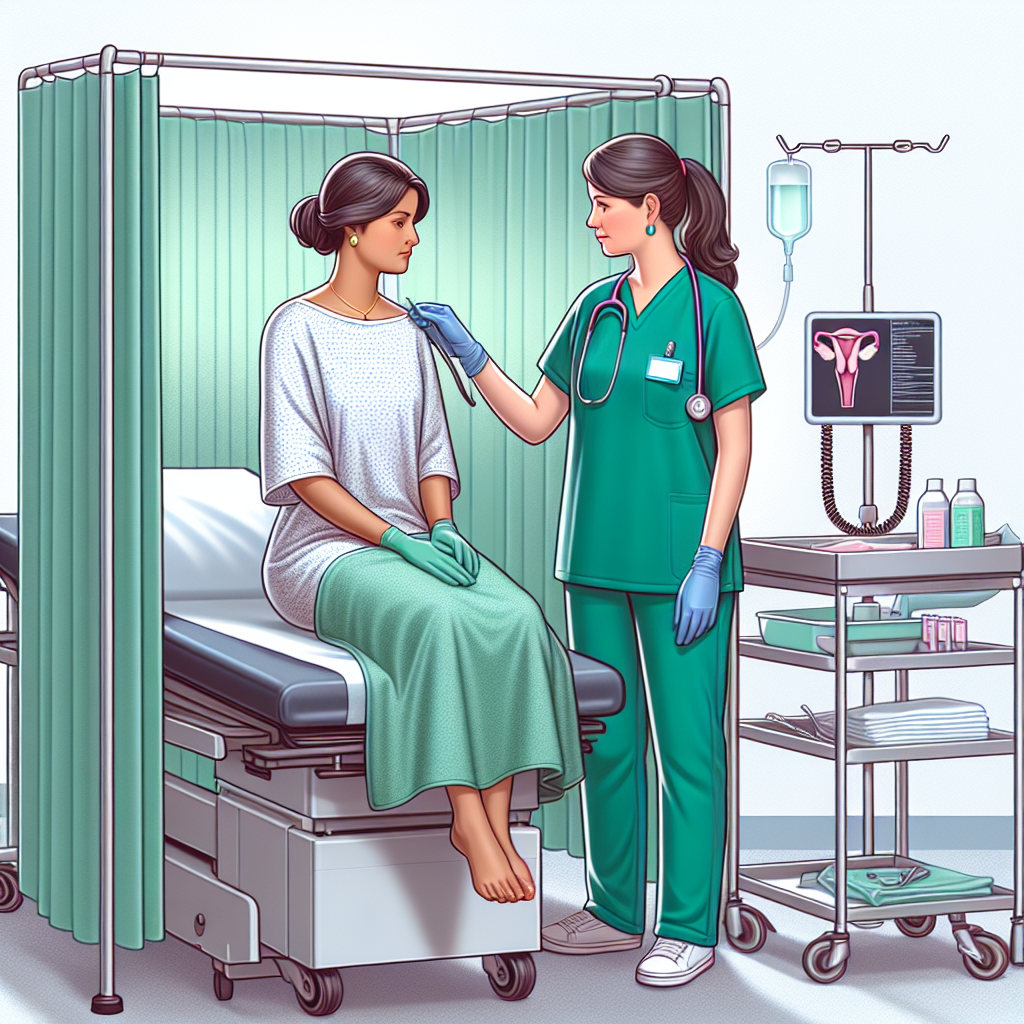New One-Stop Hysteroscopy Service at North Shore Hospital Speeds Up Diagnosis
Traditionally, women needing a hysteroscopy — a procedure used to investigate abnormal uterine bleeding or suspected gynaecological cancer — faced a multi-step process.

- Country:
- New Zealand
In a move aimed at significantly improving women's health services, Health Minister Simeon Brown has announced the launch of a streamlined outpatient hysteroscopy service at North Shore Hospital. The initiative promises quicker diagnoses and a better overall patient experience by combining two separate steps into a single, efficient outpatient visit.
A Patient-Centered Breakthrough in Gynaecological Care
Traditionally, women needing a hysteroscopy — a procedure used to investigate abnormal uterine bleeding or suspected gynaecological cancer — faced a multi-step process. First, they would attend a specialist appointment, then wait several weeks for a scheduled hysteroscopy in a hospital theatre, often under general anaesthetic. This gap not only delayed diagnosis but also caused additional stress, required more time off work, and often increased patient anxiety.
The new outpatient model changes that. Women who are considered suitable for this simplified pathway can now receive their specialist assessment and undergo the hysteroscopy procedure on the same day — without the need for general anaesthesia or a hospital theatre.
“This is a practical, patient-focused pathway that means women can get the answers they need sooner, without the stress and delays of multiple appointments or hospital admission,” said Minister Brown.
Faster Diagnoses and Better Outcomes
The benefits of the new model are especially pronounced for patients with a high suspicion of cancer. By eliminating the need for separate appointments, the diagnostic timeline can be shortened by two to six weeks. That kind of acceleration is potentially life-saving, enabling quicker access to treatment and care planning.
North Shore Hospital is planning to offer approximately 60 outpatient hysteroscopy clinics over the next year, with a projected total of 240 procedures.
“Every outpatient procedure frees up valuable theatre space and clinical teams for patients who require more complex surgery. That’s better for patients, and better for the whole system,” Minister Brown noted.
System-Wide Efficiency Gains
Beyond the clear clinical benefits for women, the outpatient hysteroscopy model represents a more efficient use of healthcare resources. With hospital theatres and anaesthetic teams freed from managing routine procedures, more capacity becomes available for urgent and complex surgical cases.
This model aligns with a broader regional effort already in progress. Similar outpatient hysteroscopy services are operational in Auckland, Counties Manukau, and Waikato, showing promising results both in diagnostic efficiency and patient satisfaction.
Supporting Faster Cancer Treatment Targets
As New Zealand continues to work toward its faster cancer treatment targets, early and efficient diagnosis remains a critical component. The outpatient hysteroscopy service supports this goal by ensuring that women undergoing investigation for gynaecological cancers are seen and diagnosed faster.
“It’s about putting patients first, getting people seen sooner, and delivering a health system that works better for patients,” said Mr Brown.
The success of this initiative also signals the potential for similar streamlined services to be implemented in other regions and specialties, especially where diagnostic delays impact outcomes.
A Smarter, More Compassionate Approach to Women's Health
This development underscores a growing commitment by New Zealand’s health system to design care around patient needs and lived experiences. Reducing unnecessary hospital admissions, minimizing delays, and supporting faster pathways to care are vital steps in reshaping how the public engages with health services.
By launching this targeted outpatient service, North Shore Hospital is not only addressing a key bottleneck in women’s health services but also setting a new standard for how modern healthcare can operate — responsive, efficient, and centered on the needs of those it serves.










